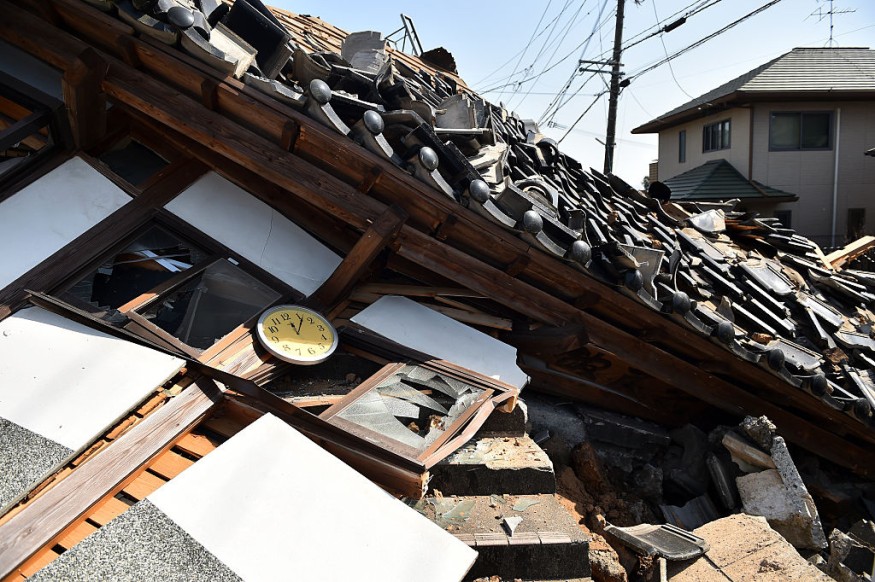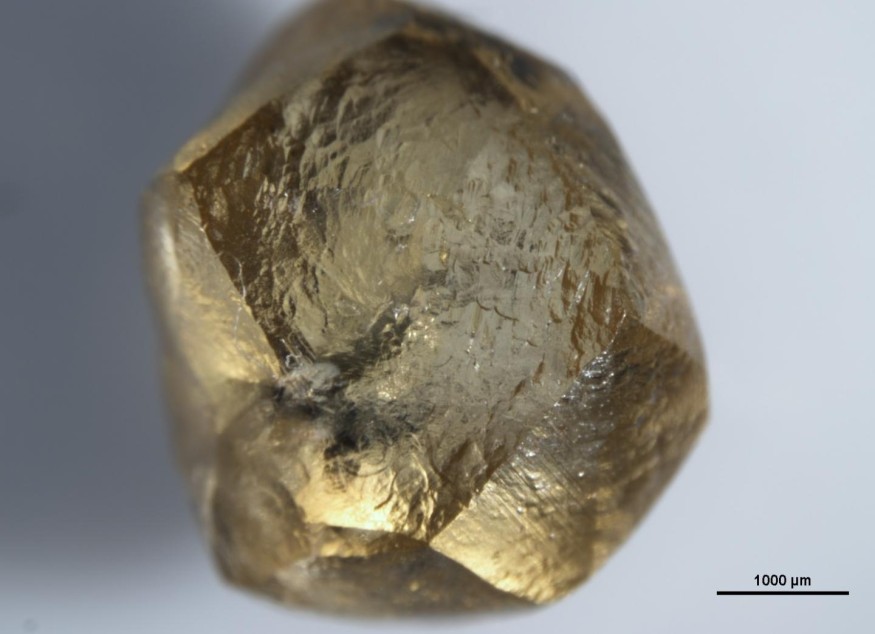According to most geophysical theories, earthquakes should not occur more than 300 kilometers beneath the Earth's surface. Yet this is a regular occurrence that has perplexed seismologists for decades.
Researchers now believe that water transported by tectonic plates pushed underneath continents may be causing these deep tremors. The discovery might also explain why such a large number of fist-size diamonds grow at such depths.

Earthquakes

When the two sides of a fault, or the opposing sides of a tectonic plate boundary, scrape past each other, earthquakes occur. However, the pressures well under our planet's surface are too great for such slippage, and rocks are often so heated that they ooze and flow rather than crack. As a result, geophysicists have devised different explanations for deep seismic activity, which may be quite powerful but is generally too far away for humans to detect.
Minerals Losing Volume
One theory is that under severe heat and pressure deep beneath our globe, certain minerals might abruptly lose volume, resulting in large-scale collapse and severe quakes.
Another theory is that once a tremor starts-due to the abrupt collapse of minerals or another cause-rocks at the rupture's tip heat up and weaken even more, fuelling the earthquake.
A third factor might be water discharged from deep below rocks, which might weaken neighboring stones and allow them to fracture more easily. However, scientists have widely discounted that theory since it is unclear where such water might originate from.
A geochemist at the Carnegie Institution for Science, Steven Shirey, had a hunch: diamonds. As the valuable gems get larger, they might collect layers, accumulating defects such as specks of surrounding minerals. Pockets of mineral-rich water can also be found in those so-called inclusions.
Related Article : What Exactly Causes Mysterious Deep Earthquakes?
Deep Waters
Shirey and his colleagues looked at how water may find its way down deep to determine whether the notion might work. They believe the solution is that it travels through tectonic slabs when they are pushed underneath continents. They think there are three sources of water.
One reason was that water was trapped in minerals created when the molten rock solidified at midocean ridges. Another factor was the accumulation of moist sediments on the slabs as they traveled across the ocean floor. The third factor was ocean water, which seeped through the slabs as they twisted and split.
The scientists next studied how minerals in those slabs would react as they traveled more profound and deeper using computer models and the findings of prior lab investigations by their team and others.
Temperature and pressure rise with increasing depth within the Earth. Slabs start off chilly at the Earth's surface, but as they sink, they warm up. And, since the slabs are so thick, it might take millions of years for them to heat up evenly.
Creating Diamonds

Shirey and his team discovered that once rocks in the slabs reached temperatures exceeding 580°C, they could not contain water, regardless of depth. Shirey and his colleagues write in AGU Advances that when the water rushed out of the slab, it undermined the surrounding rocks and caused quakes. This water, which is often rich in dissolved minerals, might be used to promote diamond creation.
Douglas Wiens, a seismologist at Washington University in St. Louis who was not involved in the current study, adds, "The temperature tells the tale."
He claims that if the tectonic slab starts off hot, as it would if the rocks are young, the plate will dry at depths of 100 to 250 kilometers and hence won't carry water far enough down to cause deep quakes.
However, if the sinking slab's rocks are ancient and relatively cold, water will be trapped inside for longer, lasting until it is discharged at depths of 300 to 500 kilometers or more.
Creating Links
Wiens believes that further research in the lab and in the field is needed to properly comprehend the links between water discharged from sinking slabs and deep earthquakes. Meanwhile, he claims, it's evident that diamonds formed at such depths, flaws and all, will be crucial in revealing the story's specifics.
For more news about natural calamities, don't forget to follow Nature World News!
© 2025 NatureWorldNews.com All rights reserved. Do not reproduce without permission.





